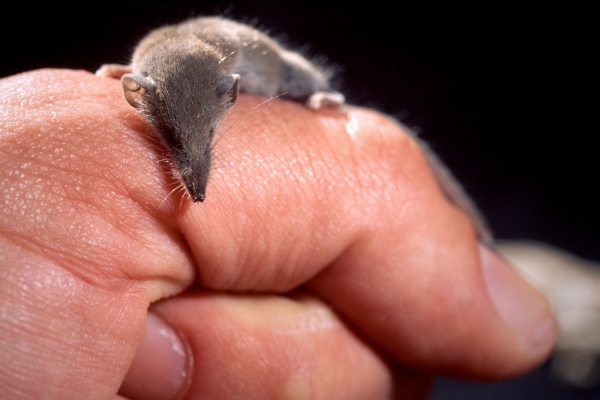Facts About Pygmy White-toothed Shrew
The Etruscan shrew, also known as the Etruscan pygmy shrew or white-toothed pygmy shrew, holds the title of the smallest known mammal by mass, averaging a mere 1.8 grams. This diminutive creature measures approximately 4 centimeters in body length, not including its tail. Known for its agile movements and rapid metabolism, the Etruscan shrew consumes between 1.5 to 2 times its body weight daily. Its diet primarily consists of small vertebrates and invertebrates, with a particular preference for insects, and it has no difficulty preying on animals its own size.
Etruscan shrews are found in warm, humid climates within a geographical band extending from 10° to 30°N latitude, covering regions from Europe and North Africa to Malaysia. Despite their wide distribution, they are generally uncommon and considered endangered in some countries. These shrews possess slender bodies, rapid heart rates, and relatively large heart muscles. Their high metabolism and activity levels enable them to enter a state of temporary torpor during cold seasons or when food is scarce.
Etruscan shrews are solitary animals, except during mating periods, and typically live for about two years. They are territorial and predominantly nocturnal, often venturing on lengthy excursions under the cover of darkness. Mating primarily occurs from March to October, with a gestation period of 27 to 28 days, resulting in litters of 2 to 6 young.
These shrews are distributed across Eurasia, North Africa, the Arabian Peninsula, and parts of Asia. They thrive in warm, humid habitats with ample shrub cover and can be found at various elevations. Their diet mainly consists of invertebrates, making them susceptible to habitat destruction and climatic changes. Birds of prey, especially owls, are their primary predators.

 Libya
Libya